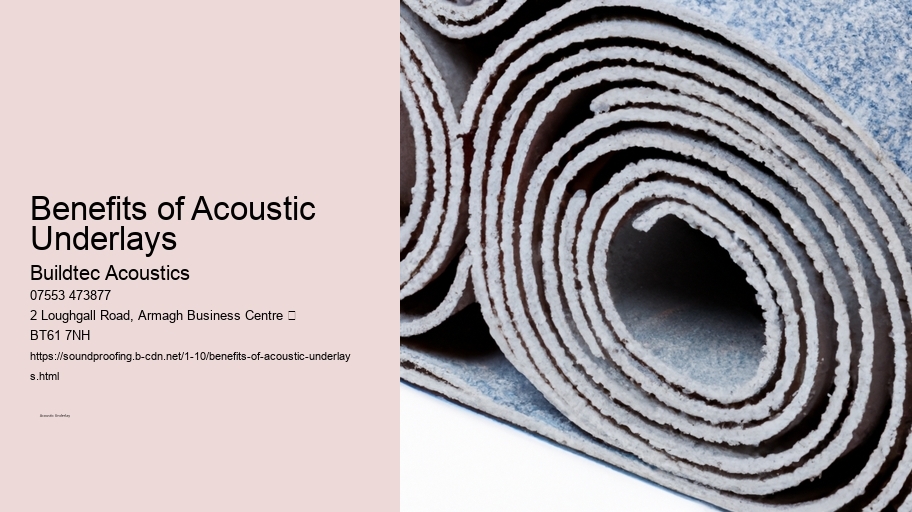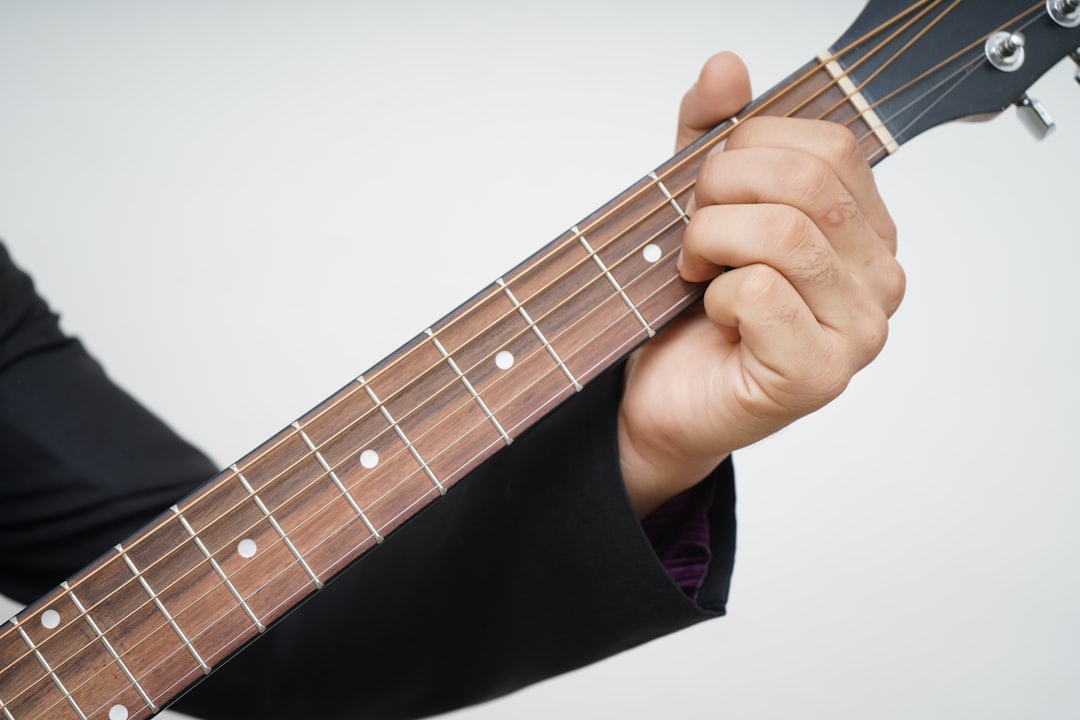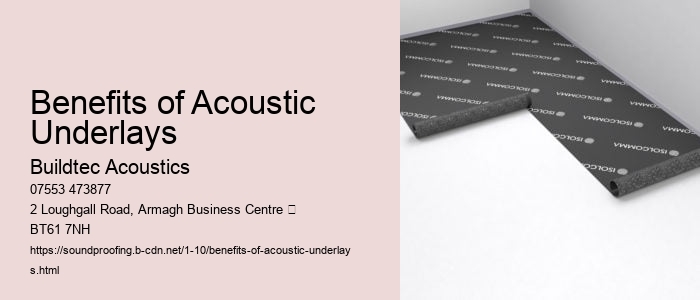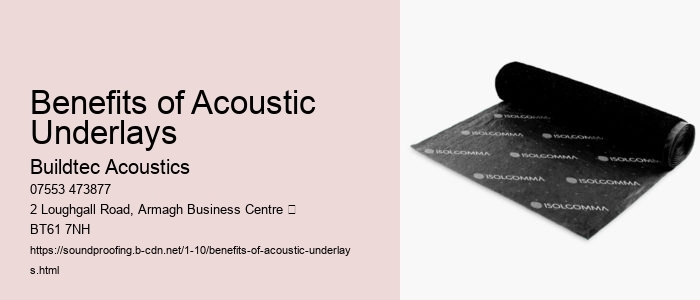

Floating floor systems also benefit from acoustic underlays, which provide an additional layer of soundproofing beneath the flooring material. Some underlays are certified by Leadership in Energy and Environmental Design (LEED) standards, promoting sustainable building practices. Looking to dampen noise in your office then use acoustic underlay under your floor. For example, Tecsound underlays are commonly used beneath concrete or screed subfloors to provide a layer of soundproofing that is effective against vibration and noise.
In residential buildings, whether in a semi-detached house or an apartment, acoustic underlays are commonly installed under laminate flooring, hardwood, or carpets to reduce noise transmission through walls, ceilings, and stairs. fiber Whether the flooring type is laminate, ceramic, or hardwood, Buildtec Acoustics provides underlays that are specifically designed to work with the chosen material.
Buildtec Acoustics offers a variety of acoustic underlays to meet different needs, including those designed for underfloor heating systems. The compatibility with different floor finishes makes acoustic underlays an essential component of modern flooring design, helping to create a space that is both visually appealing and acoustically comfortable.
Buildtec Acoustics offers underlays made from environmentally friendly materials, such as cork, recycled crumb rubber, and natural wool. By reducing both airborne and impact noise, these underlays help create a peaceful environment, whether in the home, office, or commercial settings.
The installation of acoustic underlays is straightforward and can be carried out by both professionals and do-it-yourself (DIY) enthusiasts. Acoustic underlays are highly versatile and can be used in a range of settings, from residential homes to commercial spaces like offices or retail environments. Most underlays come in sheets or rolls and can be cut to size with simple tools like a utility knife.
Reducing sound transmission class (STC) and impact insulation class (IIC) ratings in a building contributes to creating a more comfortable space, particularly in multi-story buildings where floors are interconnected through walls and joists, making noise control essential.
Using acoustic underlays to enhance soundproofing during renovations.

Posted by Francis Mckenna on
Are acoustic underlays compatible with underfloor heating systems?

Posted by Francis Mckenna on
Providing further details on the benefits of acoustic underlays.

Posted by Francis Mckenna on
Hard surfaces, such as hardwood and laminate, often amplify sounds like footsteps, leading to unwanted echo and reverberation. Buildtec Acoustics offers underlays made from environmentally friendly materials, such as cork, recycled crumb rubber, and natural wool. The choice of acoustic underlay depends on the type of noise that needs to be managed.
Buildtec Acoustics offers a variety of acoustic underlays to meet different needs, including those designed for underfloor heating systems. These underlays not only contribute to noise reduction but also enhance thermal conductivity, promoting efficient heat transfer in the room. membrane
Acoustic underlays are also effective for vibration isolation, particularly in areas with significant sources of vibration, such as near heating equipment or heavy appliances. In residential buildings, whether in a semi-detached house or an apartment, acoustic underlays are often installed under laminate flooring, hardwood, or carpets to reduce noise transmission through walls, ceilings, and stairs.
By reducing both airborne and impact noise, these underlays contribute to creating a peaceful environment, whether in the home, office, or commercial spaces. Acoustic underlays are also beneficial for renovation projects.


Hard surfaces, such as hardwood and laminate, tend to amplify sounds like footsteps, leading to unwanted echo and reverberation. Before installing an acoustic underlay, it is essential to ensure that the subfloor-whether concrete, particle board, or cement-is clean, level, and dry. Underlays help isolate vibrations, preventing them from being transmitted through the building structure and reducing the impact on adjacent rooms or units.
In conclusion, acoustic underlays from Buildtec Acoustics offer an effective solution for soundproofing floors, enhancing room acoustics, and improving the overall comfort of a space. Impact noise occurs from activities like walking, moving furniture, or using appliances such as washing machines, while airborne noise includes sounds like conversations, music, and television.
Installing an acoustic underlay beneath carpets in office spaces can help mitigate foot traffic noise and other disturbances, improving the room's dynamics. Airborne noise, such as music or conversations, can be reduced by choosing underlays with higher sound transmission class ratings.
Impact noise results from activities such as walking, moving furniture, or using appliances like washing machines, while airborne noise includes conversations, music, and television. Whether the flooring type is laminate, ceramic, or hardwood, Buildtec Acoustics provides underlays that are specifically engineered to match the selected material.
The primary function of acoustic underlays is to manage both impact noise and airborne sound. Including acoustic underlays in renovation projects also helps ensure compliance with building insulation standards and soundproofing regulations, providing peace of mind for homeowners and builders. By choosing the appropriate product for the specific noise control requirement, homeowners and businesses can create a quieter, more comfortable environment.
Acoustic underlays absorb these sounds, contributing to improved room acoustics. These products offer enhanced efficiency in both heating and noise control, allowing for a comfortable environment throughout the year.
The use of recycled fibers and materials helps promote recycling while minimizing the environmental footprint of soundproofing installations. These products provide greater efficiency in both heating and noise control, ensuring comfort throughout the year.
Acoustic underlays help to absorb these sounds, contributing to better room acoustics. With a wide range of materials, including cork, foam, natural rubber, and recycled fibers, Buildtec Acoustics ensures that there is an environmentally friendly and efficient product to meet every need.


These underlays not only help reduce noise but also enhance thermal conductivity, supporting efficient heat transfer within the room. In conclusion, acoustic underlays from Buildtec Acoustics provide an effective solution for soundproofing floors, improving room acoustics, and enhancing overall comfort. These products ensure enhanced efficiency in both heating and noise control, providing comfort throughout the year.
Furthermore, these materials are low in volatile organic compound (VOC) emissions, ensuring a healthier indoor environment. Acoustic underlay is a key solution for effective noise control in residential and commercial environments.
In conclusion, acoustic underlays from Buildtec Acoustics provide an effective solution for soundproofing floors, improving room acoustics, and enhancing overall comfort. Buildtec Acoustics provides underlays with specific properties to address either airborne or impact noise.
From managing noise pollution to improving energy efficiency, acoustic underlays are a versatile solution that supports both functionality and aesthetics in modern building design. In rooms with underfloor heating, selecting an underlay with low thermal resistance ensures that heat transfers efficiently without being obstructed by the soundproofing material. By utilizing high-density materials like crumb rubber and cork, acoustic underlays efficiently control noise, reducing its impact on people in adjacent rooms or units.
The underlays act as a cushion that helps to minimize the transmission of vibrations and sound through the floor. These options support environmentalism by reducing reliance on virgin materials and lowering overall pollution.
Acoustic underlays made from polyvinyl chloride (PVC) or cork are ideal choices, as they balance both thermal insulation and soundproofing requirements. Additionally, these materials offer excellent thermal insulation, which enhances the thermal resistance of a room while also managing noise levels.
Acoustic underlays are also effective for vibration isolation, especially in spaces with significant sources of vibration, such as near heating equipment or heavy appliances. Buildtec Acoustics offers a variety of acoustic underlays to meet different needs, including those designed for underfloor heating systems.

Yes, certain acoustic underlays are designed to be used with underfloor heating systems. These underlays have low thermal resistance, allowing efficient heat transfer while also providing noise reduction. It is important to choose the right type of underlay for compatibility with underfloor heating.
Yes, acoustic underlays provide thermal insulation by adding an extra layer between the flooring and the subfloor. This helps to maintain a comfortable temperature in the room and can also contribute to energy efficiency by reducing heat loss.